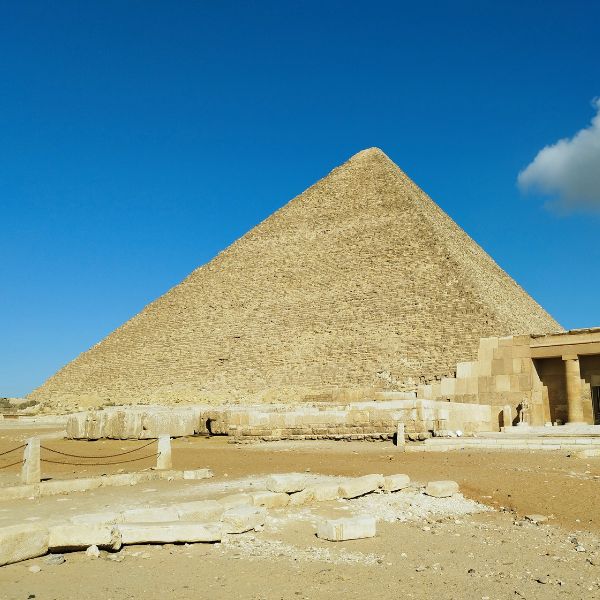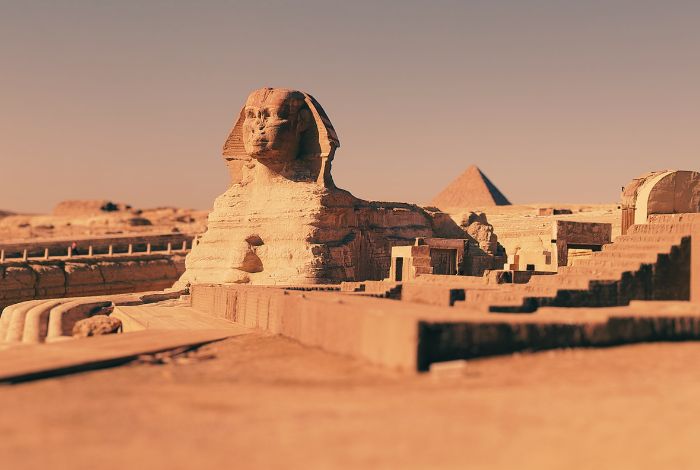What are the World’s Oldest Documented Gifts?
Have you ever wondered about the oldest archaeological gifts? By “oldest,” we refer to those that are both documented and preserved—gifts that have survived the hard times, escaping destruction by fires, floods, and earthquakes.
Gift of Pharoah Sneferu
The earliest recorded mention of a gift can be found in the Westcar Papyrus, dating back to the reign of Pharaoh Sneferu (circa 2600 BCE). The story is told by Bauefre, the son of Khufu. According to the tale, Pharaoh Sneferu, feeling bored, decided to go sailing with 20 beautiful young women on the advice of the priest (and magician) Djadjamankh. During the voyage, one of the women lost her turquoise fish-shaped pendant in the water. Upset, she was consoled when Sneferu offered to replace it with an identical turquoise pendant. However, Djadjamankh stepped in, used magic that parted the waters, and allowed the original pendant to be retrieved. Sneferu, in turn, showered Djadjamankh with gifts, and the joy activities resumed. This nice handmade turquoise wood beads necklace for women reminded us of this story.

Turquoise was a highly valued material in ancient Egypt, often used by prominent persons as jewelry or as a magical object with metaphysical powers. For instance, the famous mask of Tutankhamun is adorned with turquoise glass. We found some unique turquoise gifts for her and you can take a look here.
The golden headdress of Queen Puabi
Next, we travel to ancient Mesopotamia, around 2500 BCE. In the Royal Tombs of Ur, discovered by Sir Leonard Woolley, artifacts such as golden headdresses, gold and silver cups, bowls, and vessels were found. The most interesting discovery is the golden headdress of Queen Puabi, probably a royal gift. Ur, located in modern-day Iraq, offers us a fascinating window into this ancient civilization. For further reading, we recommend Woolley’s book Ur of the Chaldees (you can buy the paperback version here or read the digital version free) as well as these stunning books:
Babylon: Mesopotamia and the Birth of Civilization by Paul Kriwaczek
Queen Hatshepsut’s gift to the ruler of Punt
One of the oldest diplomatic gifts came from Queen Hatshepsut, who sent perfumes and myrrh trees to the ruler of Punt (modern-day Somalia) in 1493 BCE. This exchange is commemorated in the carvings at Hatshepsut’s temple at Deir al-Bahri. Did you know that some of the rulers who succeeded her tried to erase all traces of her existence from history? Hatshepsut was one of only six women to rule ancient Egypt, alongside famous rulers like Nefertiti and Cleopatra. Wow!
If you’re intrigued by the life of the remarkable pharaoh Hatshepsut, we recommend reading:
The Woman Who Would Be King: Hatshepsut’s Rise to Power in Ancient Egypt by Kara Cooney
And also, check the book about the lives of six women rulers in ancient Egypt:
When Women Ruled the World: Six Queens of Egypt by Kara Cooney
These are just a few of the earliest examples of documented gifts. There are likely even older ones waiting to be discovered and brought to the daily light. Until then, keep gifting, make your loved ones happy, and explore our selection of unique gifts if you need ideas.
And let’s finish this quote:
“The gift without the giver is rare.”
James Russell Lowell


